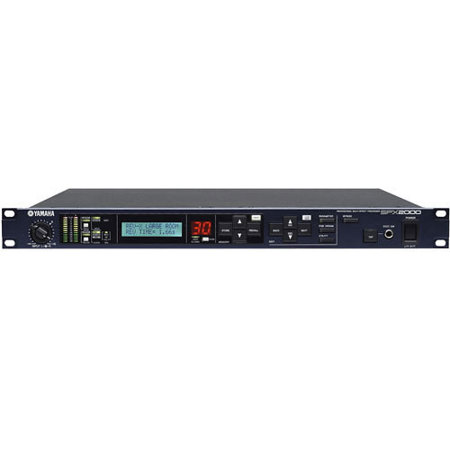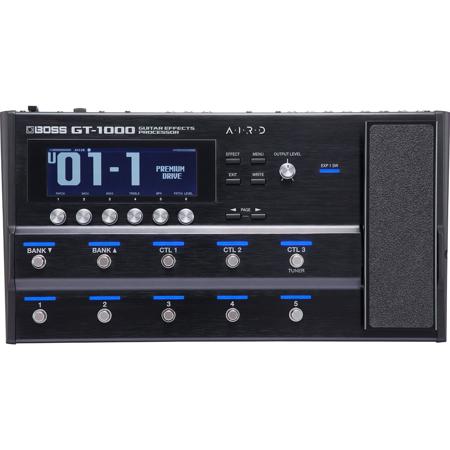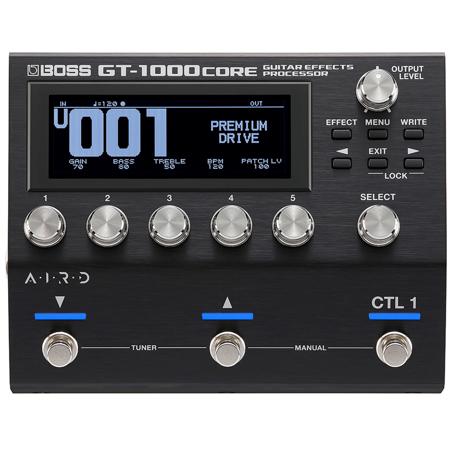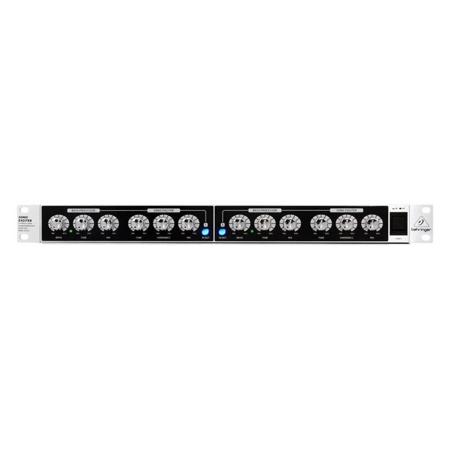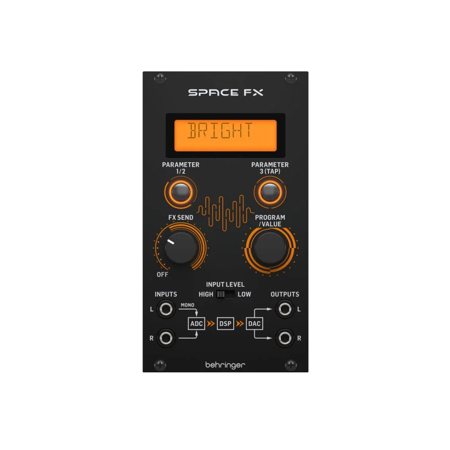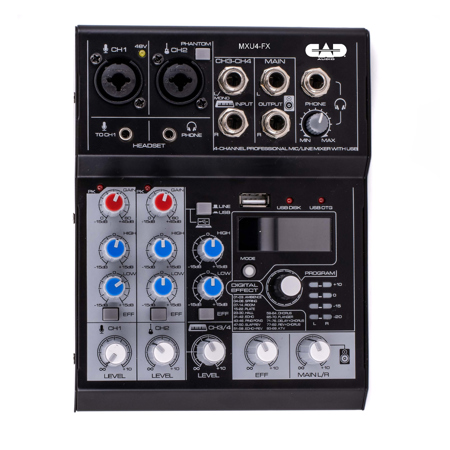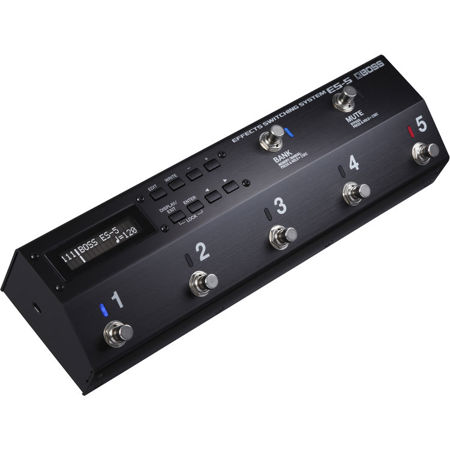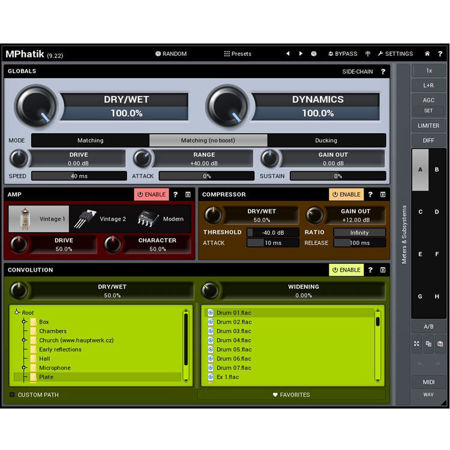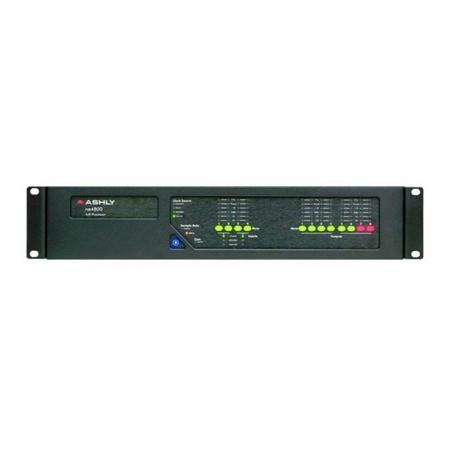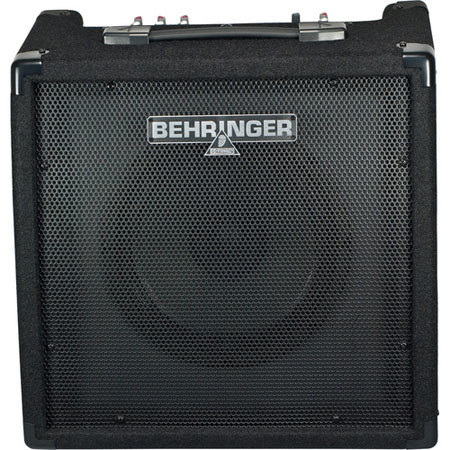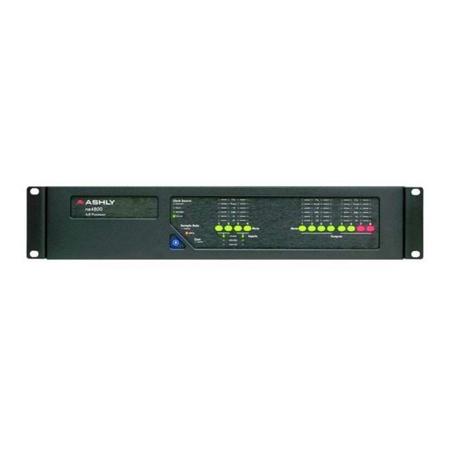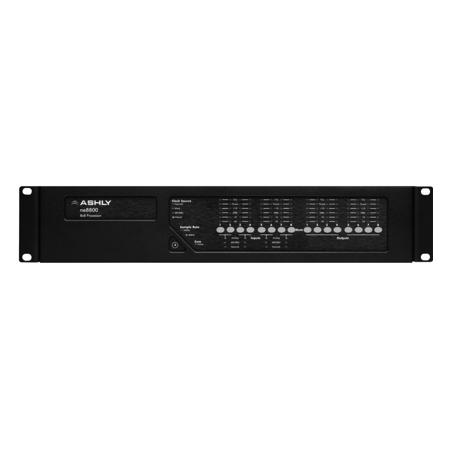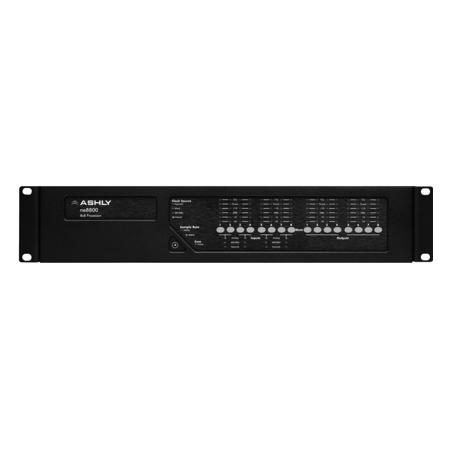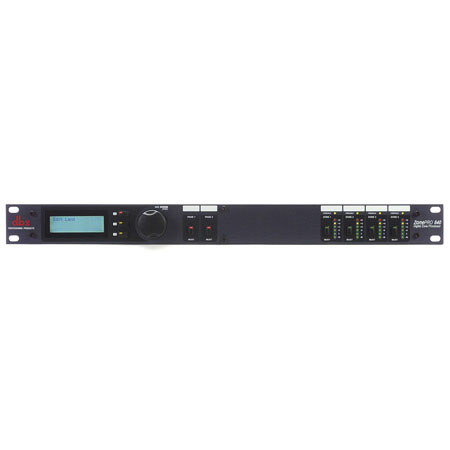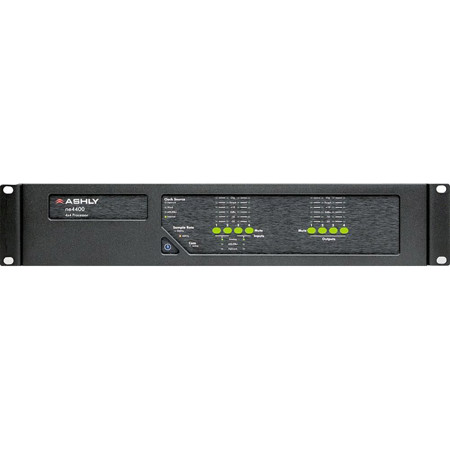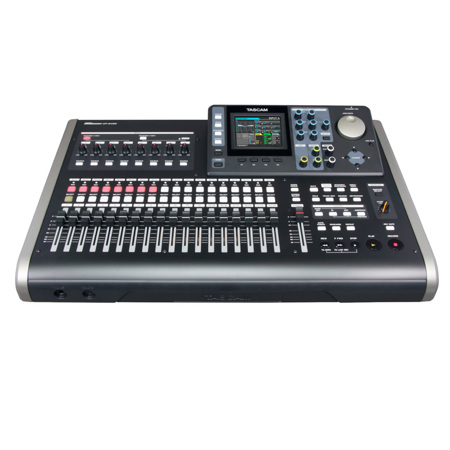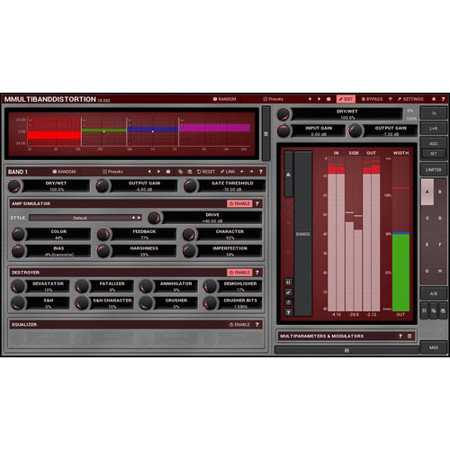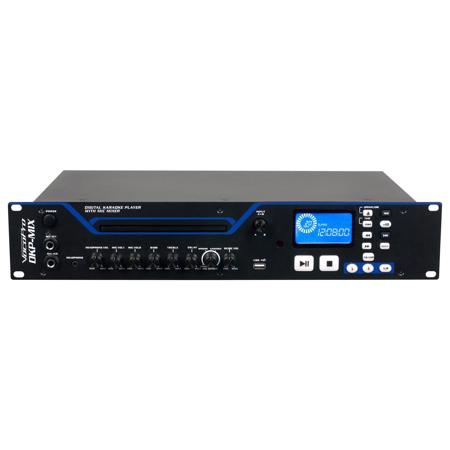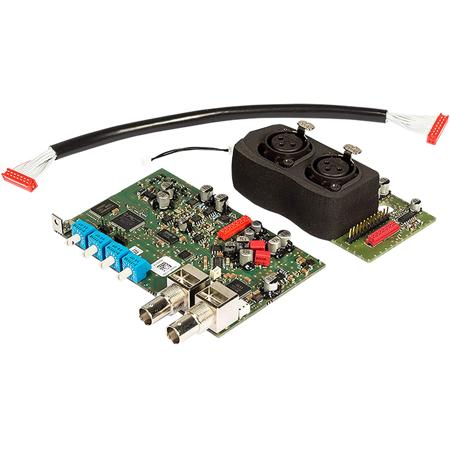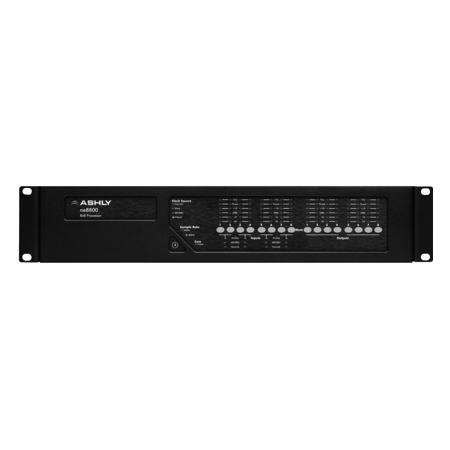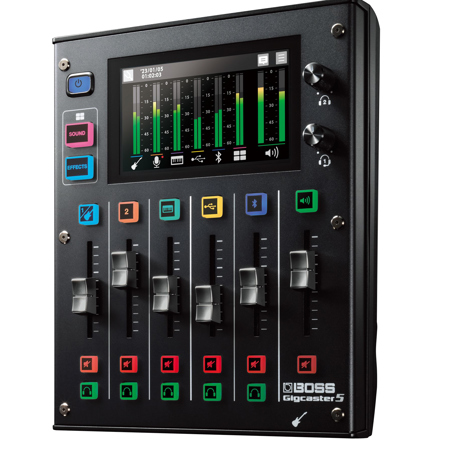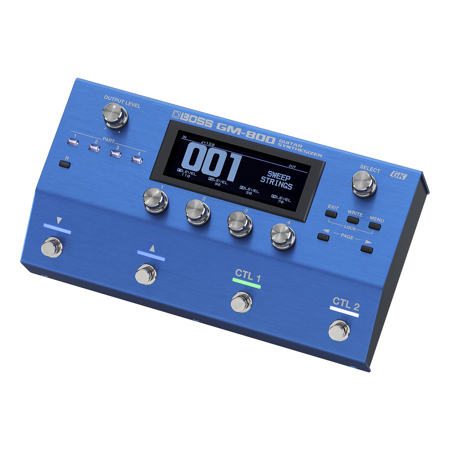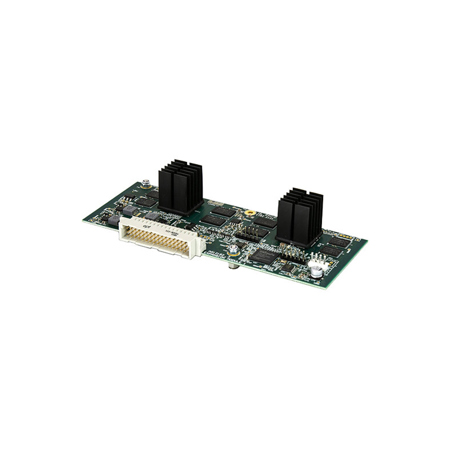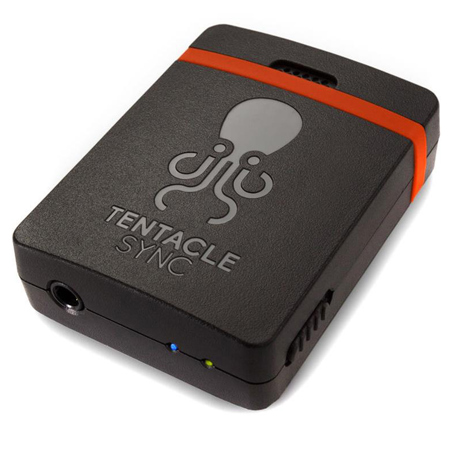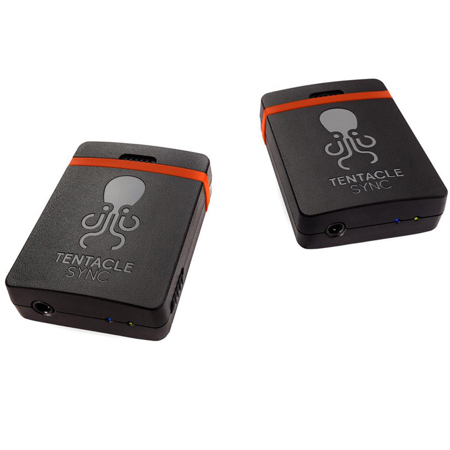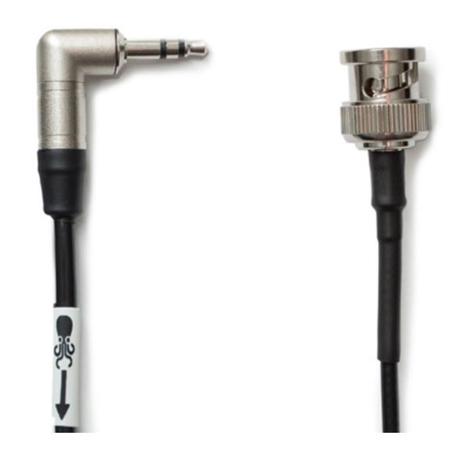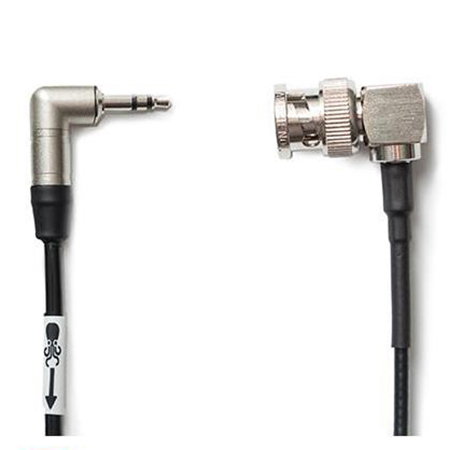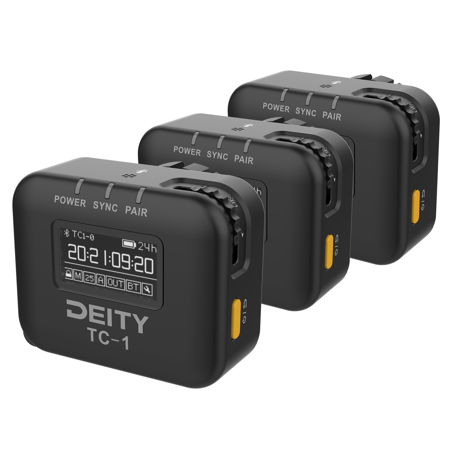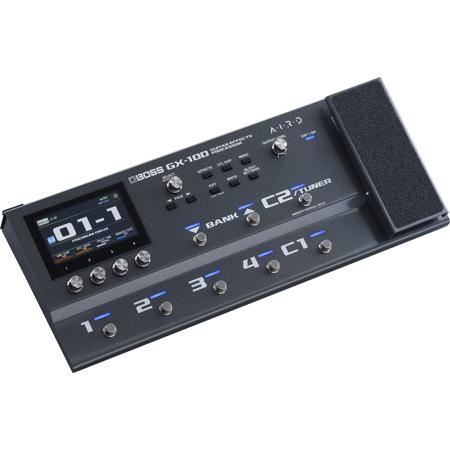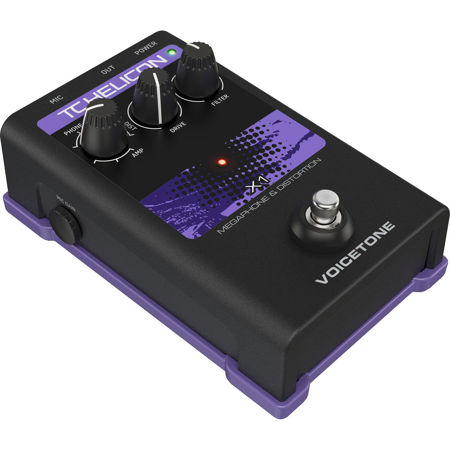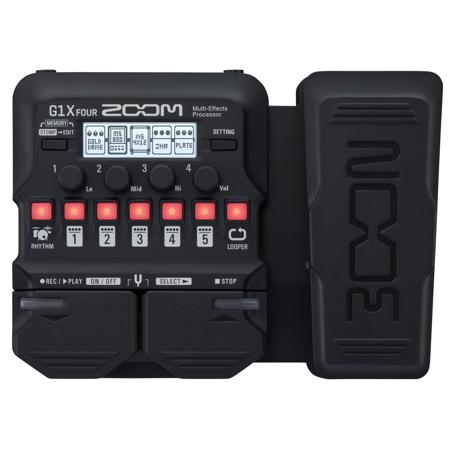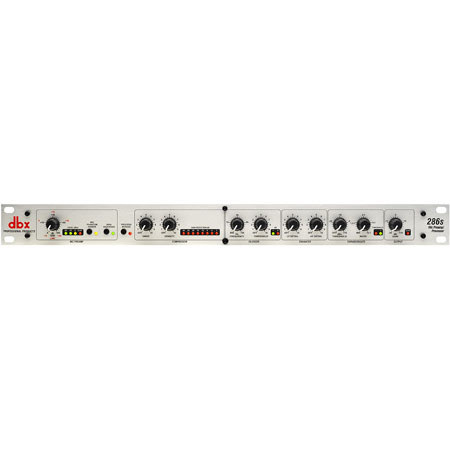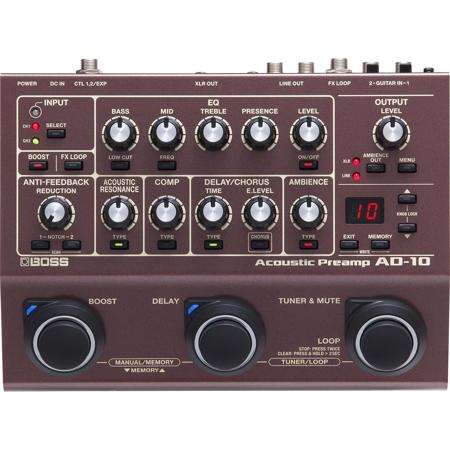Digital Effects Processors
Digital effects processors have become an essential part of the modern audio workflow, transforming ordinary sounds into immersive, expressive experiences. Whether you’re a musician seeking to shape your guitar tone, a producer adding depth to a vocal track, or a live sound engineer refining the ambiance of a venue, these versatile tools open up a world of creative possibilities. As autumn arrives and studios fill with the anticipation of new projects, now is an ideal time to explore how digital effects processors can enhance your setup. For many, the journey starts with experimenting—dialing in a touch of reverb to evoke the warmth of a concert hall or layering delay for that intricate, cascading sound that brings a recording to life. Seasoned professionals and passionate hobbyists alike appreciate the tactile satisfaction of tweaking parameters, chasing that elusive perfect sound. The ability to recall presets, stack multiple effects, and synchronize processing with other gear makes digital processors invaluable for both live performances and studio sessions.
When considering which digital effects processor to add to your arsenal, it’s important to think about your workflow and the environments where you’ll use it most. Studio-based engineers may prioritize processors with detailed editing capabilities and a wide palette of effects, while gigging musicians often look for rugged units that can handle the rigors of the road. For those who mix audio for podcasts, film, or broadcast, the clarity and precision of digital effects can make dialogue stand out or create a sense of space that draws listeners in. These processors also make thoughtful gifts for music lovers and creators—imagine the delight of an aspiring guitarist unboxing a new effects unit as the leaves begin to fall, eager to experiment with new sounds in the comfort of their home studio. Teachers and audio educators find them invaluable for demonstrating the principles of sound design, allowing students to hear firsthand how effects like modulation, pitch shifting, or dynamic processing can transform a simple melody or spoken word.
Beyond their role in music production, digital effects processors are a bridge to other creative disciplines. Sound designers for theater, video games, and multimedia installations rely on these tools to sculpt immersive soundscapes that transport audiences to new worlds. The flexibility of digital processing means you can start with subtle enhancements—like smoothing out a vocal or adding shimmer to an acoustic instrument—or venture into experimental territory, pushing boundaries with extreme pitch manipulation or granular effects. For those interested in exploring even more specialized processing, the world of Sound Effects Processors offers additional inspiration and options tailored to unique creative needs. Whether you’re layering textures for a cinematic score or refining the sound of a live ensemble, digital effects processors empower you to push your craft further, capturing the mood and energy of the season in every note and nuance.
When considering which digital effects processor to add to your arsenal, it’s important to think about your workflow and the environments where you’ll use it most. Studio-based engineers may prioritize processors with detailed editing capabilities and a wide palette of effects, while gigging musicians often look for rugged units that can handle the rigors of the road. For those who mix audio for podcasts, film, or broadcast, the clarity and precision of digital effects can make dialogue stand out or create a sense of space that draws listeners in. These processors also make thoughtful gifts for music lovers and creators—imagine the delight of an aspiring guitarist unboxing a new effects unit as the leaves begin to fall, eager to experiment with new sounds in the comfort of their home studio. Teachers and audio educators find them invaluable for demonstrating the principles of sound design, allowing students to hear firsthand how effects like modulation, pitch shifting, or dynamic processing can transform a simple melody or spoken word.
Beyond their role in music production, digital effects processors are a bridge to other creative disciplines. Sound designers for theater, video games, and multimedia installations rely on these tools to sculpt immersive soundscapes that transport audiences to new worlds. The flexibility of digital processing means you can start with subtle enhancements—like smoothing out a vocal or adding shimmer to an acoustic instrument—or venture into experimental territory, pushing boundaries with extreme pitch manipulation or granular effects. For those interested in exploring even more specialized processing, the world of Sound Effects Processors offers additional inspiration and options tailored to unique creative needs. Whether you’re layering textures for a cinematic score or refining the sound of a live ensemble, digital effects processors empower you to push your craft further, capturing the mood and energy of the season in every note and nuance.
